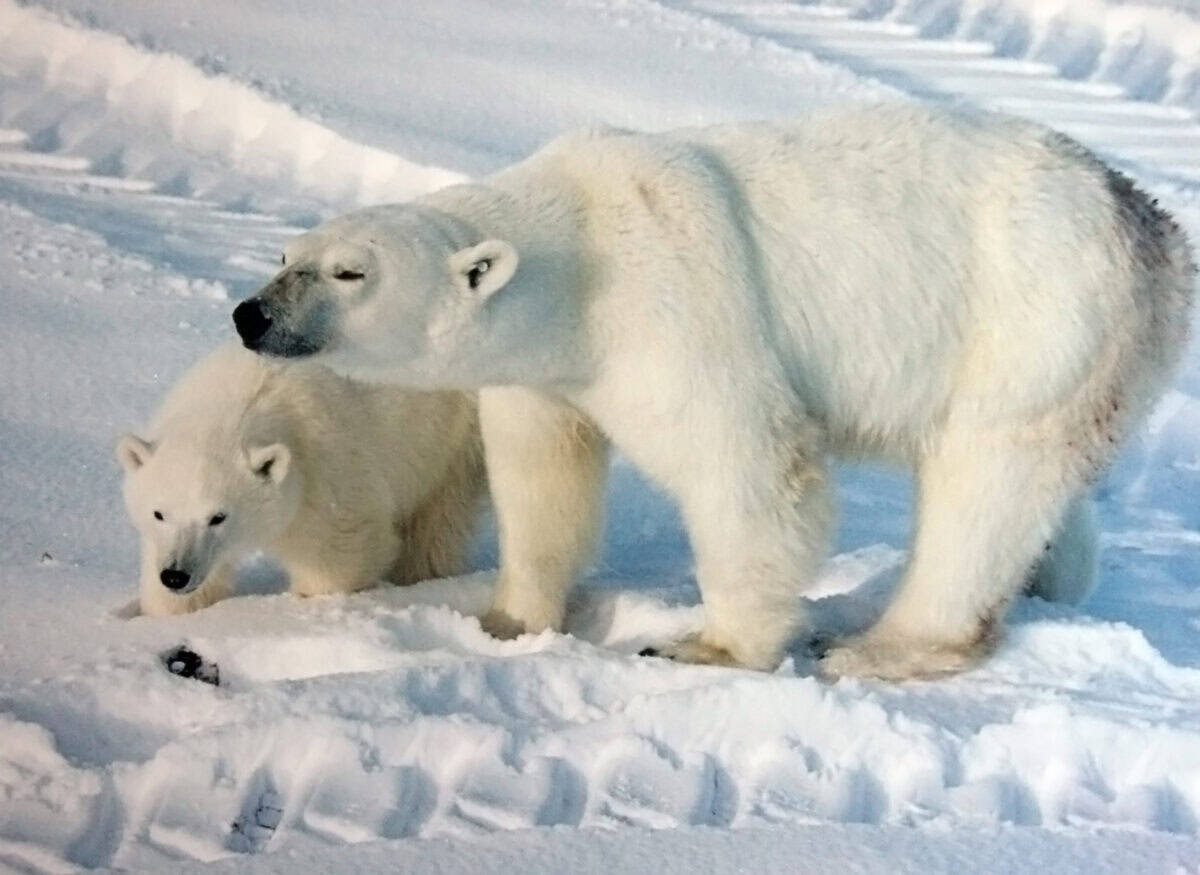In the vast, frozen wilderness of the Arctic, polar bears—the largest land carnivores on Earth—navigate family life with remarkable subtlety. These magnificent creatures, known for their powerful presence and predatory prowess, display a surprising gentleness when communicating with their vulnerable offspring. Mother polar bears have been observed using distinctly quieter vocalizations when interacting with their cubs, a behavior that researchers have come to describe as “whispering.” This fascinating phenomenon represents not merely an endearing quirk but a sophisticated survival strategy that has evolved over thousands of years in one of Earth’s most unforgiving environments.
The hushed tones of maternal polar bears stand in stark contrast to the louder vocalizations they may use in other contexts, such as territorial disputes or mating rituals. This vocal dimorphism has captured the attention of wildlife biologists and behavioral ecologists, who see in it a window into the complex social dynamics and evolutionary adaptations of these iconic Arctic mammals. Understanding why polar bears communicate with their cubs in whispers offers profound insights into their cognitive abilities, social structures, and the unique challenges of raising young in the harsh polar environment.
Predator Avoidance: The Primary Evolutionary Driver
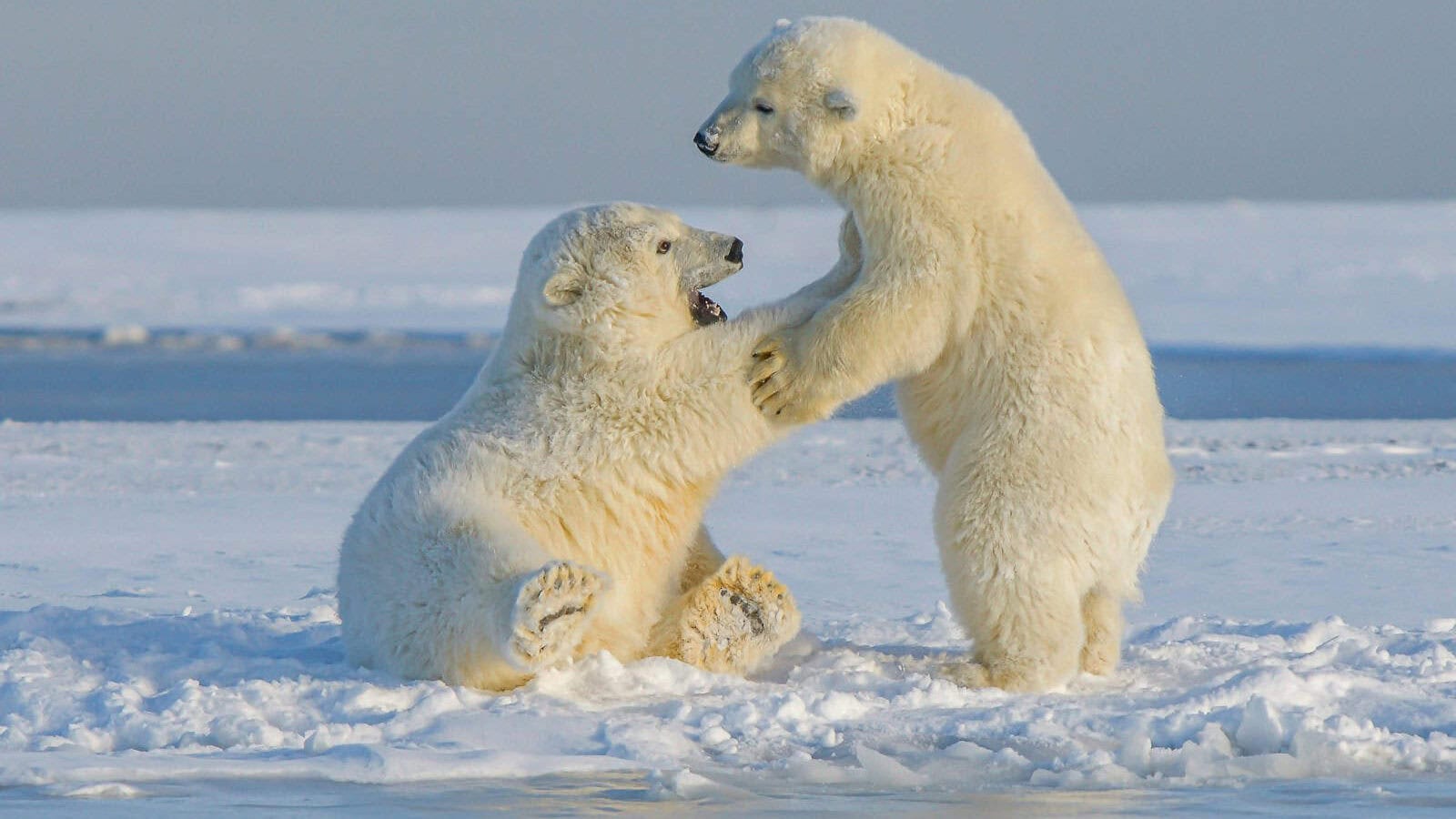
The most compelling explanation for the whispered communication between polar bear mothers and cubs lies in predator avoidance. While adult polar bears have few natural enemies, their cubs face significant threats, particularly from male polar bears. Adult males sometimes kill cubs to bring females back into estrus, a behavior known as infanticide that occurs in several mammalian species. By keeping vocalizations at a minimum volume, mother bears reduce the risk of attracting potentially dangerous males who might be roaming nearby.
Research conducted in Svalbard, Norway, and other Arctic regions has documented numerous instances where mother bears actively silence their cubs when potential threats appear on the horizon. They use gentle paw movements, subtle body positioning, and hushed vocalizations to communicate danger to their offspring. This behavior represents a sophisticated form of risk management, where the mother’s experience and instincts create a protective communication bubble around her vulnerable young, significantly increasing their chances of survival in a landscape where sound can travel across vast distances over ice and snow.
The Acoustics of Arctic Environments

The Arctic’s unique acoustic properties play a crucial role in shaping polar bear communication patterns. Sound travels remarkably well across flat, frozen landscapes, especially during the still, cold conditions that characterize much of the polar year. Without the sound-absorbing features found in forested or urban environments—such as trees, buildings, or dense undergrowth—vocalizations can carry for extraordinary distances across the ice. This acoustic transparency creates both opportunities and risks for Arctic inhabitants.
Scientific measurements have demonstrated that under ideal conditions, sounds in the Arctic can travel up to 20 miles (32 kilometers) or more—significantly farther than in temperate environments. For polar bears, this means that a normal-volume vocalization could potentially be heard by predators or competitors from vast distances, placing cubs at risk. Mother bears appear to have evolved an intuitive understanding of these acoustic dynamics, modulating their vocalizations to minimize their acoustic footprint while still effectively communicating essential information to their young.
The Mother-Cub Bond: A Foundation of Trust
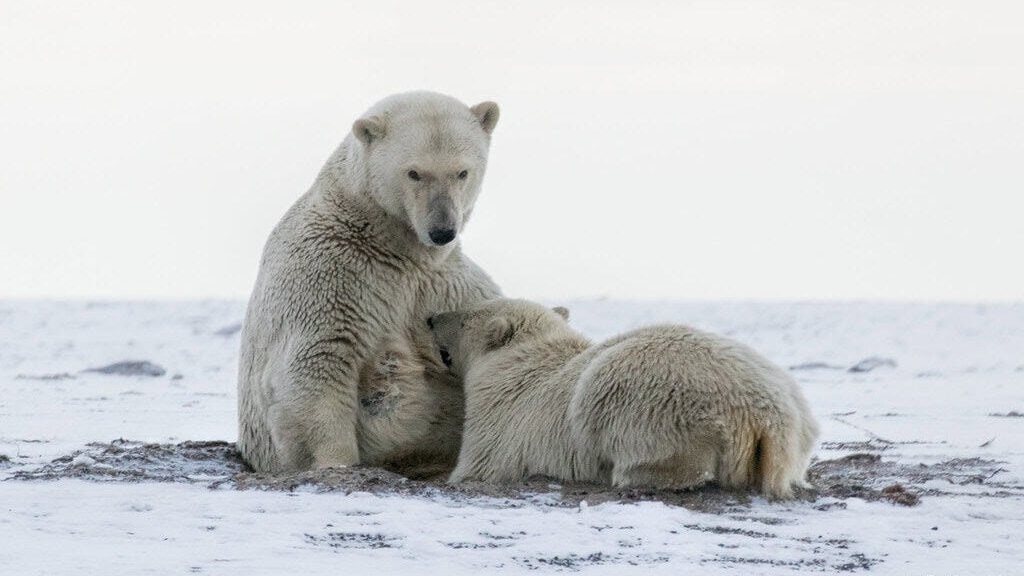
The whispered communications between polar bear mothers and cubs strengthen their vital bond, creating a foundation of trust and security that is essential for the cubs’ development. Cubs typically remain with their mothers for approximately 2.5 years—one of the longest dependency periods among terrestrial mammals. During this extended time, they must learn a complex repertoire of survival skills, from hunting techniques to navigation across shifting ice floes. The intimate, quiet communication style facilitates this learning process, allowing mothers to convey critical information without unnecessary exposure to danger.
Observations by researchers using non-invasive recording technologies have captured the remarkable range of subtle vocalizations used in these interactions. These include soft huffs, gentle moans, and barely audible rumbles that appear to convey different messages—from warnings about potential dangers to encouragement during early swimming lessons. The cubs quickly learn to respond to these subtle cues, often mirroring their mother’s quiet communication style in their responses, creating a private acoustic channel between mother and offspring that excludes potential eavesdroppers.
Vocal Repertoire: The Diversity of Polar Bear Whispers

Polar bears possess a surprisingly diverse vocal repertoire, with researchers documenting at least 11 distinct vocalizations used in different contexts. When communicating with cubs, mothers primarily employ four main types of soft vocalizations: the “chuff” (a breathy, pulsed sound expressing contentment), the “hum” (a sustained, low-frequency sound often used during nursing or resting), the “whimper” (a higher-pitched sound used to call cubs), and the “growl-moan” (a warning signal delivered at low volume). Each of these sounds appears carefully calibrated to convey specific information while minimizing acoustic projection.
The sophistication of this communication system becomes even more impressive when considering that mother bears modulate not only the volume but also the frequency and duration of their vocalizations based on environmental conditions. For instance, during periods of thin ice when the risk from male bears might increase, mothers have been observed reducing their vocal communication almost entirely, relying instead on tactile cues such as gentle nudges or physical positioning to guide their cubs. This contextual adaptation of communication style demonstrates a level of cognitive flexibility that challenges simplistic views of bear intelligence.
The Role of Scent in Complementing Whispered Communication
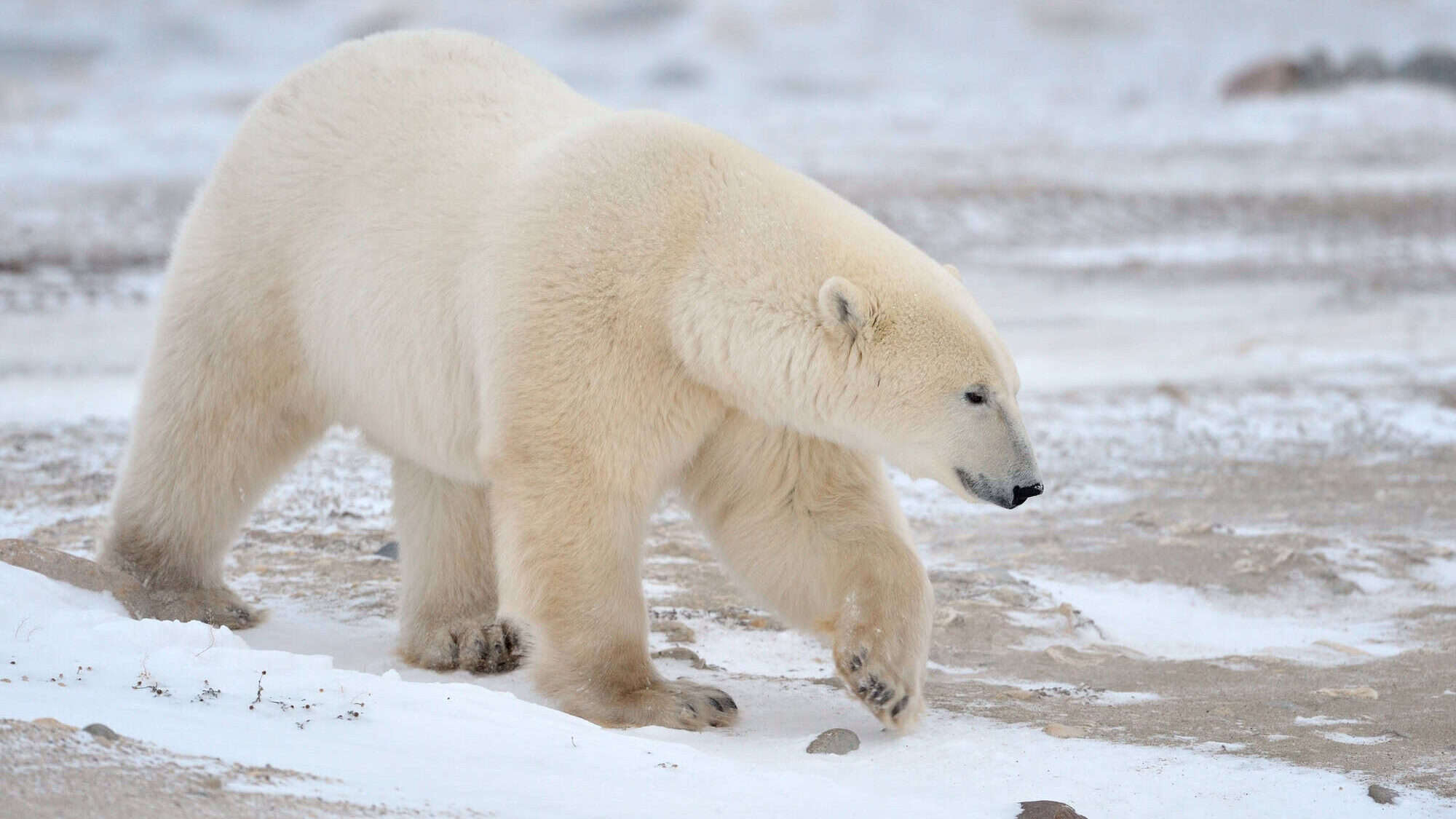
While vocalization represents an important channel of communication between polar bear mothers and cubs, it operates as part of a multi-sensory system that heavily relies on olfactory signals as well. Polar bears possess one of the most acute senses of smell in the animal kingdom, capable of detecting seals beneath several feet of ice or scenting carrion from up to 20 miles away. This extraordinary olfactory capacity provides an alternative, silent communication channel that complements their whispered vocalizations.
Mother bears frequently use scent marking to communicate with their cubs, rubbing their bodies against snow banks or ice formations to leave chemical signals that can guide their young. Cubs learn to follow these scent trails when visibility is poor or when silence is particularly crucial. The interplay between whispered vocalizations and scent-based communication creates a robust, redundant system that ensures critical information can be exchanged under virtually any environmental condition, significantly enhancing the family unit’s resilience in challenging Arctic conditions.
The Development of Whispering Behavior in Cubs
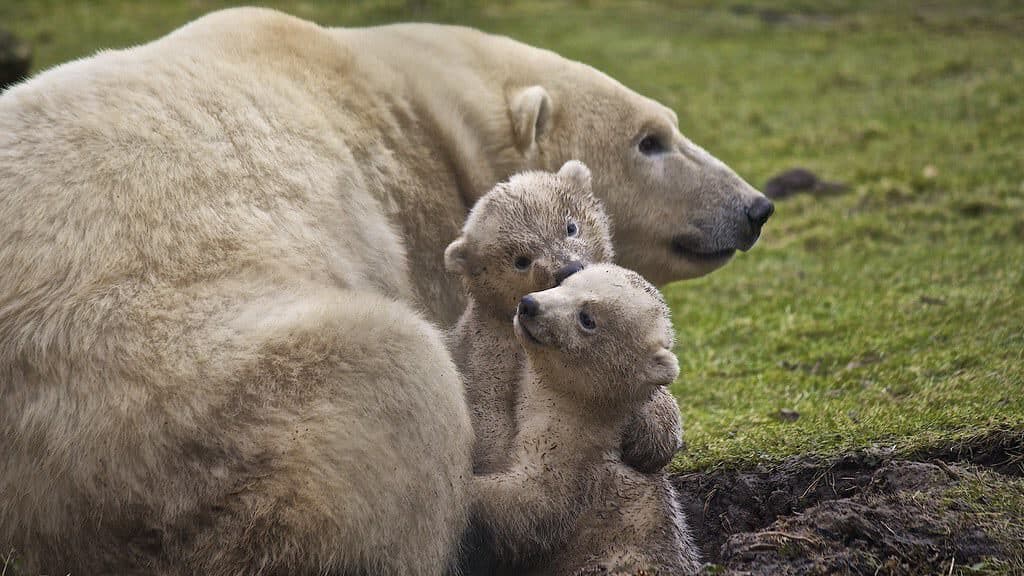
The acquisition of appropriate vocalization patterns represents a critical developmental milestone for polar bear cubs. Newborn cubs are naturally vocal, emitting relatively loud cries when hungry, cold, or separated from their mother. Over the first few months of life, however, they undergo a remarkable transformation in their communication style, gradually adopting the whispered vocalizations modeled by their mother. This transition typically accelerates around the time cubs emerge from the maternal den at approximately three months of age—precisely when their vulnerability to predators increases significantly.
Research tracking family groups has revealed that mothers actively shape this vocal development through consistent responses to their cubs’ communications. When cubs vocalize too loudly, mothers typically respond with corrective behaviors—such as gentle pawing, positioning their bodies to block sound projection, or producing hushing vocalizations. Cubs that quickly adapt to the preferred whispered communication style receive more positive reinforcement through nursing, grooming, and protective behaviors. This pattern suggests an intentional teaching process rather than merely instinctive behavior, highlighting the sophisticated nature of polar bear parenting strategies.
Regional Variations in Whispering Patterns

Fascinating regional differences have been documented in the whispering behaviors of polar bear populations across their circumpolar range. Bears in the Svalbard archipelago, for instance, tend to use a higher proportion of non-vocal communication compared to those in Canada’s Western Hudson Bay. These differences appear correlated with variables such as population density, hunting pressures, and ice conditions. In areas with higher bear densities or more unstable ice conditions, mothers typically employ even quieter communication styles, sometimes eliminating vocalizations almost entirely in favor of tactile and visual cues.
These regional variations suggest that whispering behavior is not simply a fixed genetic trait but rather a flexible adaptation that can be modified based on local environmental conditions and threats. Some researchers have proposed that these differences may constitute a form of rudimentary culture in polar bear populations, with specific communication strategies being socially transmitted within regional groups. While this hypothesis remains controversial, the documented regional variations in whispering behavior demonstrate the species’ remarkable adaptability and the complex interplay between genetics, environment, and learning in shaping polar bear communication.
Technological Insights: How Scientists Study Polar Bear Whispers
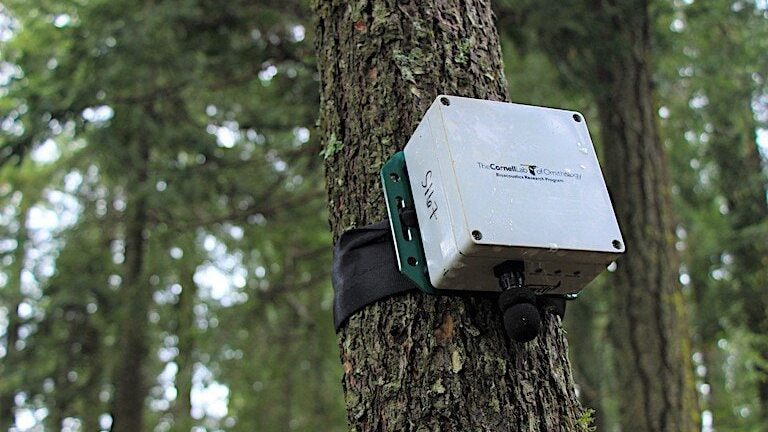
Studying the subtle vocalizations of polar bears in their natural habitat presents enormous technical and logistical challenges. Traditional wildlife observation methods often fail to capture these whispered communications, which may be inaudible to human ears at distances required for safe observation. In recent years, however, advances in bioacoustic monitoring technology have revolutionized researchers’ ability to document and analyze these quiet vocalizations. Specialized directional microphones capable of isolating low-volume sounds from background noise, along with autonomous recording units that can function in extreme cold, have provided unprecedented access to the acoustic world of mother-cub interactions.
The deployment of non-invasive collar-mounted acoustic recorders on a small number of female bears has yielded particularly valuable data. These devices, programmed to activate only when detecting sounds within specific frequency ranges associated with bear vocalizations, have captured thousands of hours of mother-cub communication samples. When combined with simultaneous video recording from remote cameras or drones, these acoustic datasets allow researchers to correlate specific vocalizations with behaviors and contexts, building a comprehensive picture of the function and significance of whispered communication in polar bear family groups.
Climate Change Implications for Communication Patterns
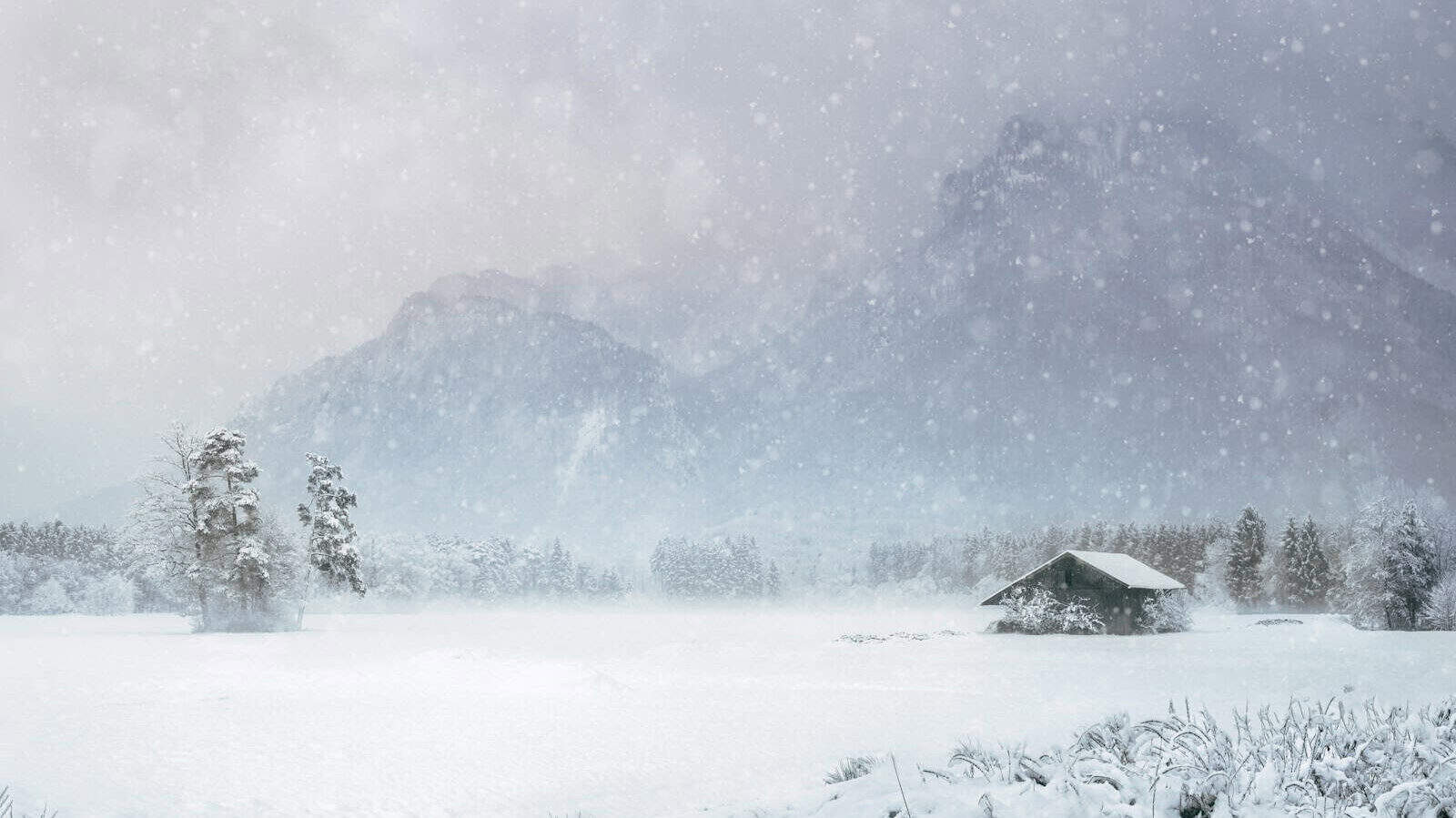
The rapid transformation of the Arctic environment due to climate change poses significant challenges for polar bear communication strategies. As sea ice diminishes in extent, thickness, and duration, bears are forced to adapt to new environmental conditions that may affect their traditional communication patterns. The increasing fragmentation of sea ice creates a more acoustically complex environment, with water channels between ice floes potentially disrupting sound transmission or introducing new ambient noise. Additionally, as bears spend more time on land due to reduced sea ice availability, they encounter different acoustic environments with varied sound propagation characteristics.
Research examining polar bear communication in areas experiencing the most rapid environmental changes suggests that mothers may be adapting by placing even greater emphasis on non-vocal communication methods. In Western Hudson Bay, where sea ice breakup is occurring progressively earlier each decade, mother bears have been observed using more frequent physical contact and visual signaling with their cubs compared to historical records. These adaptations highlight the cognitive flexibility of polar bears but also raise concerns about the additional energy expenditure required for mothers to maintain effective communication with cubs in increasingly challenging conditions—potentially adding to the multiple stressors these Arctic predators face in a warming world.
Comparative Perspectives: Whispering Behaviors in Other Species
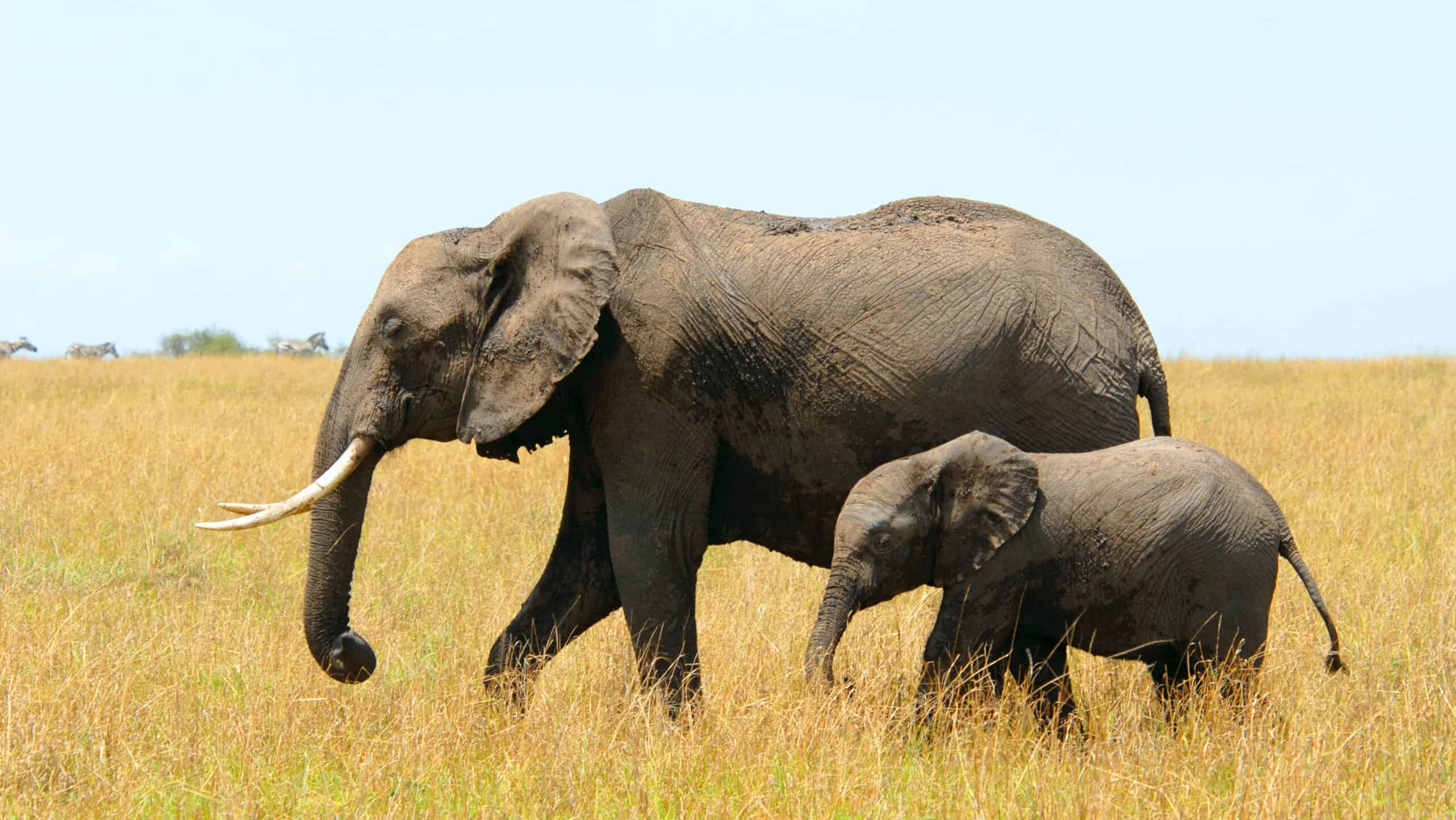
The phenomenon of whispered communication between mothers and offspring is not unique to polar bears, though their implementation of this strategy is particularly sophisticated. Comparative studies have identified similar behaviors in several other mammalian species that face significant predation pressure. African elephants, for instance, communicate using infrasonic rumbles below the threshold of human hearing when danger threatens their calves. Certain primate species, including gorillas and chimpanzees, have been documented using quieter vocalizations when predators are detected nearby or when traversing the territories of rival groups.
What distinguishes polar bear whispering behavior is its consistent integration into daily communication rather than being reserved solely for high-danger contexts. Unlike many other species that primarily whisper during acute threat scenarios, polar bear mothers maintain this quiet communication style throughout most interactions with their cubs—suggesting that they perceive their environment as consistently dangerous for their young rather than intermittently threatening. This persistent caution speaks to the extreme vulnerability of polar bear cubs in the Arctic environment and the evolutionary premium placed on protective parenting strategies in a landscape where mistakes can prove fatal.
The Future of Polar Bear Communication Research

The study of polar bear whispered communication stands at an exciting frontier in wildlife research, with several promising avenues for future investigation. Emerging technologies such as machine learning algorithms capable of detecting and categorizing ultra-quiet vocalizations within complex acoustic environments may soon allow researchers to build comprehensive catalogs of polar bear communication sounds. These could be correlated with specific behaviors, environmental conditions, and outcomes to develop a more nuanced understanding of the information content within these whispered exchanges. Similarly, advances in non-invasive hormone monitoring may allow researchers to correlate stress levels in cubs and mothers with changes in communication patterns, providing insights into the psychological dimensions of this behavior.
Perhaps most importantly, continued long-term monitoring of polar bear communication across their range will be essential for understanding how these behaviors may be changing in response to the rapidly transforming Arctic environment. As the species faces unprecedented challenges from climate change and increased human activity in their habitat, their communication adaptations may provide critical indicators of their broader adaptive capacity and resilience. The whispers of polar bear mothers to their cubs thus represent not only a fascinating biological phenomenon but also a potential window into the future prospects of this iconic Arctic species in a changing world.
The whispered communications between polar bear mothers and their cubs represent far more than a charming behavioral curiosity—they embody the sophisticated evolutionary adaptations that allow these magnificent predators to survive in one of Earth’s most challenging environments. Through their hushed vocalizations, mother bears demonstrate remarkable cognitive flexibility, environmental awareness, and parental investment that collectively maximize their cubs’ chances of survival in a landscape where danger can approach from any direction. The fact that these massive, powerful carnivores communicate with such gentleness and subtlety challenges our perceptions and reminds us of the complexity inherent in wildlife behavior.
As we continue to learn more about these intimate acoustic exchanges, we gain not only scientific insights but also a deeper appreciation for the bonds that connect mother bears and their offspring. These whispered conversations—barely audible against the wind-swept Arctic silence—carry information essential for survival, emotional reassurance during times of stress, and the cultural transmission of knowledge accumulated through generations of polar bear experience. They represent a powerful reminder of the sophisticated social dimensions of species we have often viewed primarily through the lens of their predatory capabilities.
For conservation efforts, understanding the significance of these whispered communications underscores the importance of protecting not just the physical habitat of polar bears but also the acoustic environment in which these vital exchanges take place. As human activity increases in the Arctic, from shipping to resource extraction, the introduction of anthropogenic noise may disrupt these delicate communication systems long before more visible impacts become apparent. By appreciating and protecting the quiet conversations between polar bear mothers and cubs, we acknowledge the intricate web of adaptations that enable life in the far north—and our responsibility to ensure these whispers continue to guide new generations across the ice for centuries to come.
The whispers of polar bears thus speak volumes—not just about the biology of these Arctic icons, but about the remarkable ways in which all life adapts, persists, and nurtures the next generation even in Earth’s most challenging frontiers. In protecting these hushed conversations, we preserve not just a species but a unique and irreplaceable expression of life’s resilience and complexity.
- Animal Moms That Go Above and Beyond for Their Young - August 16, 2025
- Why You’re More Likely to See Sharks Off the East Coast in Summer - August 16, 2025
- 7 Animals That Outsmart Their Predators in the Most Surprising Ways - August 16, 2025

